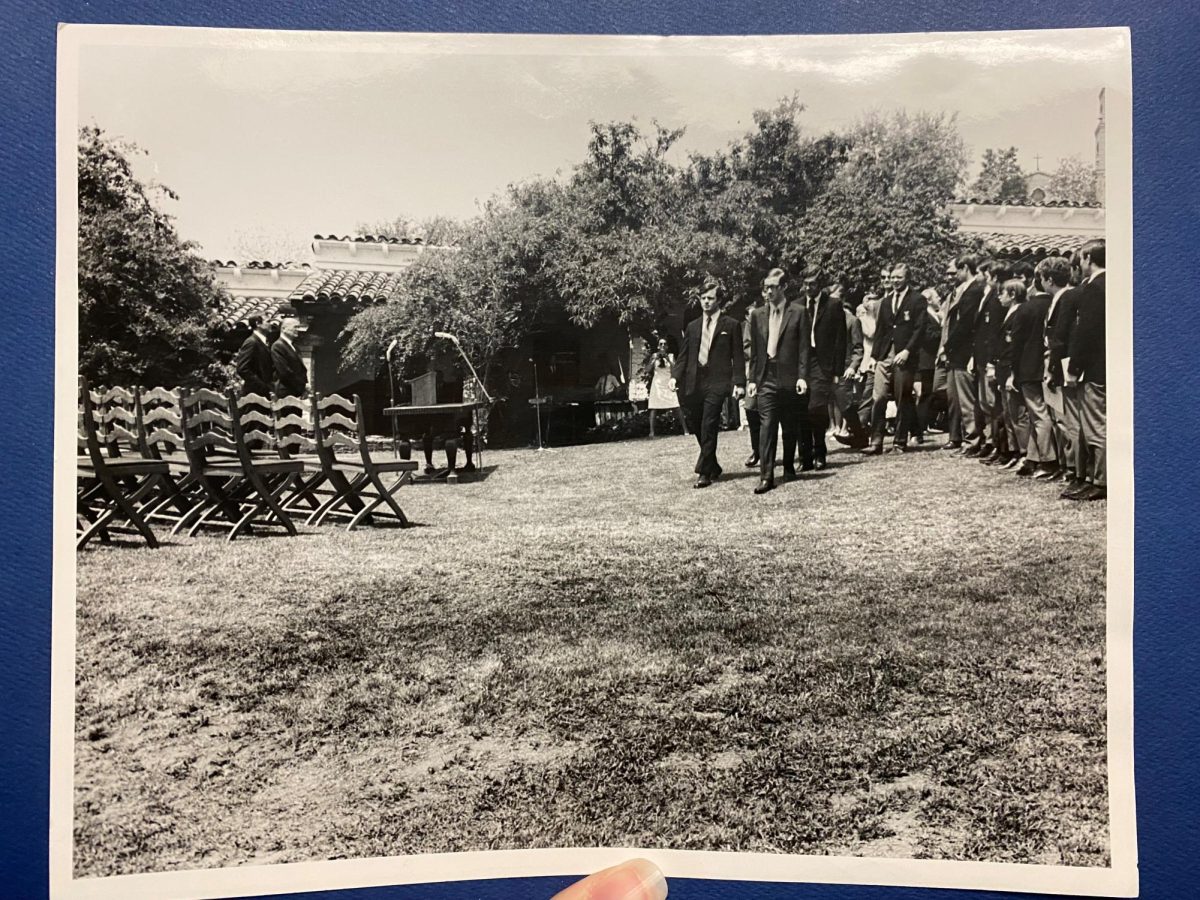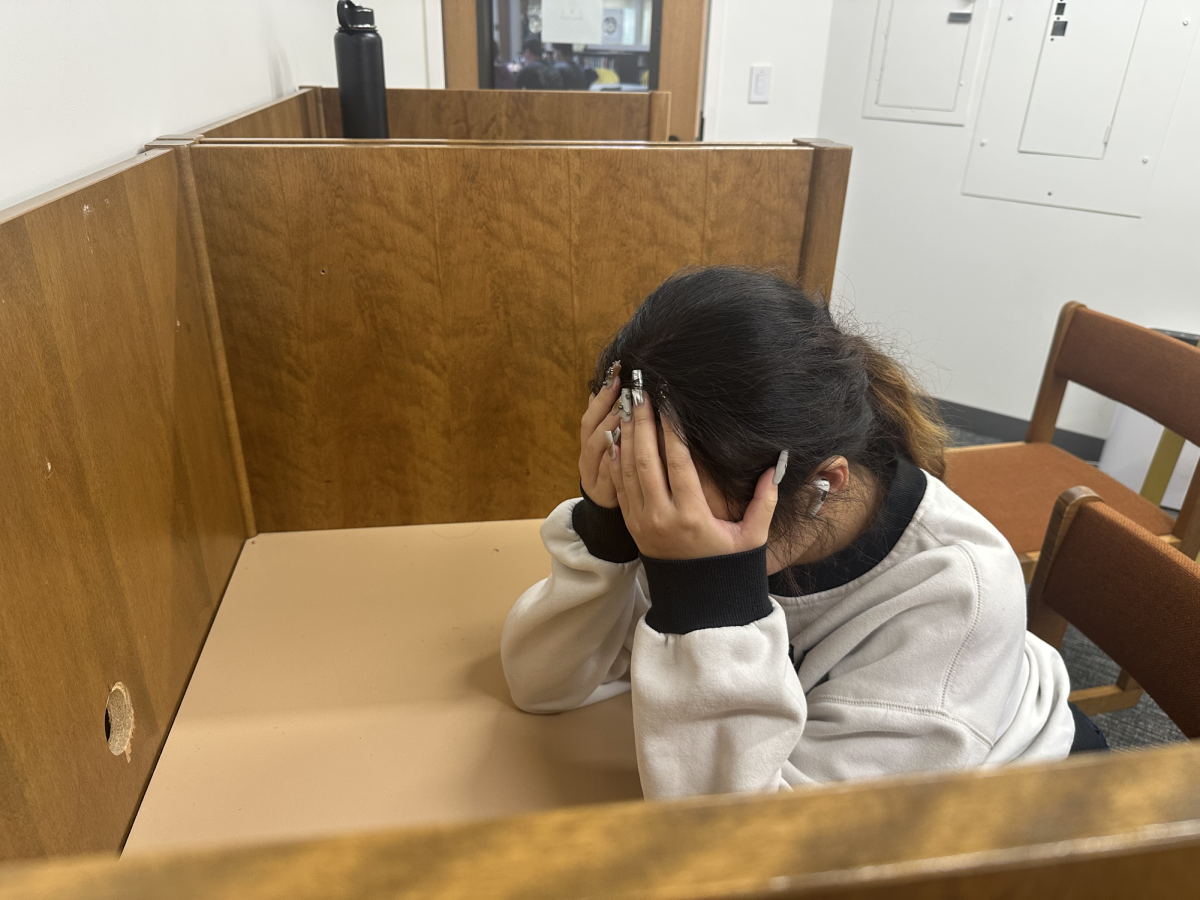Twice a year, every Webb student sits nervously in front of their computer or phone, takes a deep breath, and logs in to SIS. Their cortisol level spikes, their palms become sweaty, and their heart rate surges as they wait for the page to load, revealing their semester grades. As they scan the screen, their eyes quickly dart from one grade to another in search of a letter that would indicate either an improvement or a setback.
Suddenly, a wave of disappointment overwhelms them – they see a grade lower than expected. They begin to think, “When did the grade drop?”, and “How had I not noticed it before?”
Starting from this school year, Webb teachers only need to post grades for individual assignments, a policy that allows teachers to decide whether to make the total grade visible or not.
Canvas, a learning management system used by Webb students and faculty, provides the option of calculating total grade percentages by adding up the points earned by a student across all graded assignments and quizzes. Although the mathematical calculations performed by Canvas are precise, they don’t consider variations in assignment weights and features of traditional and standards-based grading, which sometimes causes inaccurate reflections in the final grade percentage.
“Even though Canvas is a computer, it can sometimes make wonky little errors that will yield lots of stress on the back end,” said Michael Hoe, Director of Studies.
By choosing to hide total grades on Canvas, teachers may believe it is a way to lower academic stress among students. Academic anxiety as a result of constantly checking grades is often counterproductive, negatively impacting learning and performance.
“Having been a student who is highly stressed out and highly motivated by grades, tracking all the minor fluctuations would create more stress than is helpful,” Ms. Trobaugh said.
While hiding grades on Canvas does not have a direct impact on a student’s GPA, it may affect their understanding of their current academic performance.
“I feel like the students need to know their current grades at the current time, especially for juniors’ and seniors’ applications,” said Esteban Vazquez, World Languages Department faculty.
With hidden total grades, some students find it difficult to monitor their progress. With not being able to see the results of their coursework, students cannot promptly adjust their study habits or reach out to teachers for help.
“With rubric grading, knowing which criteria I am strongest at and which I need additional work is important to my learning,” Xenon Poon (‘25) said. “Especially when teachers do not give additional feedback with the grades, it makes it harder to know what I need to work on to improve my work.”
Although disabling the demonstration of total grade reduces stress caused by obsessive grade-checking, uncertainty about academic progress adds more stress onto grade conscious students.
“I would rather know that I am doing bad and feel bad about it, than not know that I am doing bad and feel good about it,” Joy Li (‘24) said.
Some Canvas calculations might not have been perfectly accurate; nevertheless, they provided students with an overall idea of where they stood in a class. Without the option of monitoring the total grade percentage throughout the semester, some may eventually end up with a lower grade than expected.
“I do fully acknowledge that being uncertain about grades leads to a lot more anxiety, that’s something that we’ve talked about in academic council a lot in terms of how to make it a little bit less confusing,” Mr. Hoe said.
The inconsistency of total grade percentage visibility on Canvas is a complex issue that not only impacts students’ academic performance, but their mental wellbeing too. While some teachers believe that hiding grades reduces stress, the uncertainty about academic progress often ends up increasing it. Keeping close tabs on students’ stress levels is important, but what is indeed crucial is enabling students to focus on their progress and succeed to the best of their abilities.


![During office hours, Sydney Becker (‘24) checks in with Sarah Trobaugh, Mathematics Department faculty, about her total grade percentage for Precalculus. “I understand that it [having total grades hidden] is frustrating for students because they like to know where they are,” Ms. Trobaugh said. “My policy is that students can always come to me and ask about their grades and I’m happy to share with them all the time.”](https://webbcanyonchronicle.com/wp-content/uploads/2023/03/grades-article-cover-900x675.jpg)




![Many Webb students spend their free time in the library watching a popular TV show like Riverdale and Euphoria. “Based off what I’ve seen, like in Euphoria, because the actors are older, they don't showcase an actual high school life properly,” Sochika Ndibe (‘26) said. “Since [the actors] are older [and] playing a teenager, from a girl’s perspective, it is going to make you think you should look more developed at a young age.” The actor, who plays Veronica Lodge, was 22 years old at the time of filming.](https://webbcanyonchronicle.com/wp-content/uploads/2025/03/Antecol-Media-affects-how-society-functions-graphic-1200x900.png)







